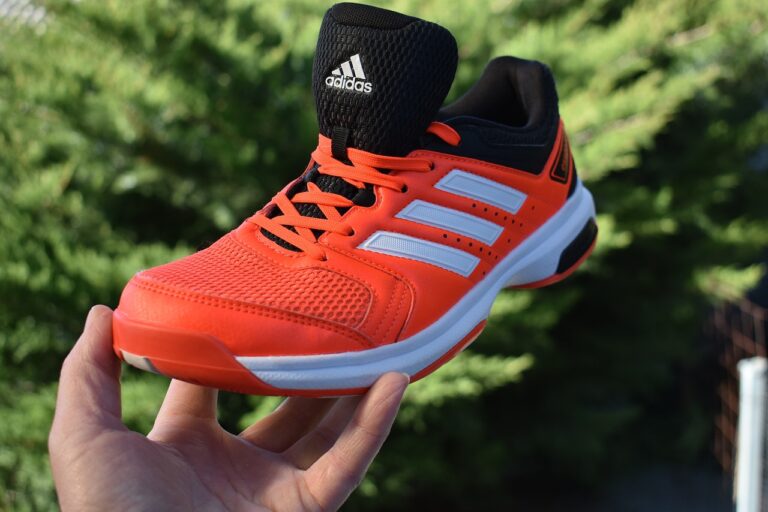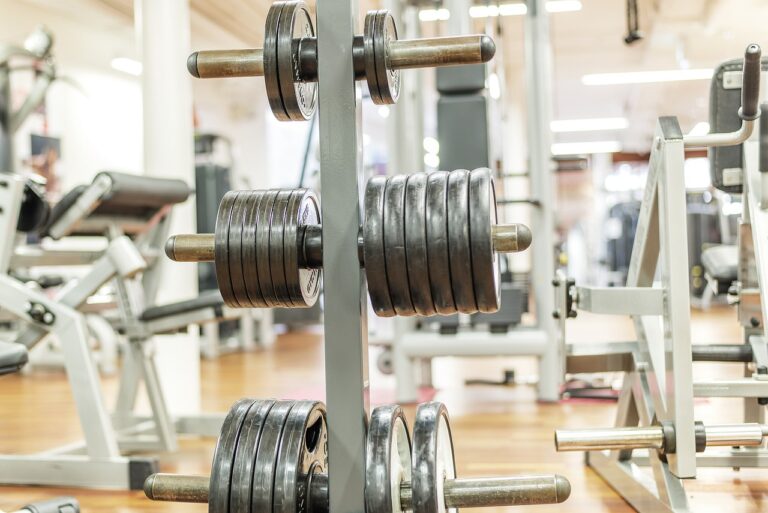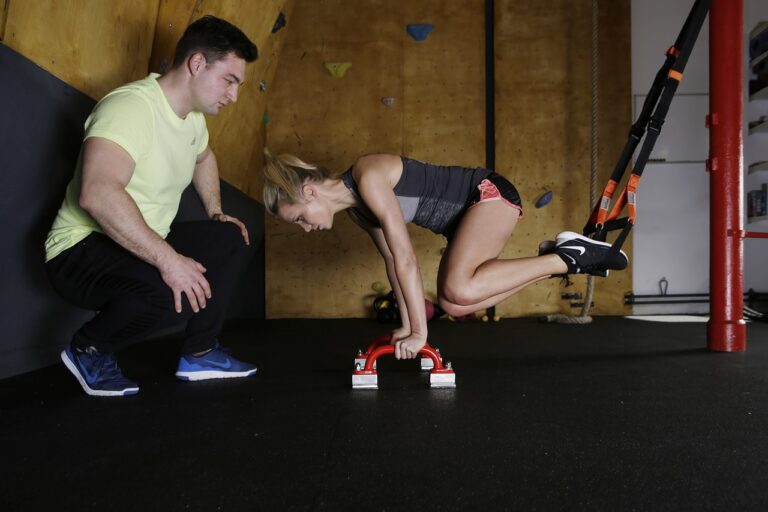The Role of Equine-Assisted Activities in Special Education
Equine-assisted activities have been shown to offer a variety of benefits to special education students. Interacting with horses can help improve their emotional well-being by providing a sense of calmness and increased confidence. The bond formed between the students and the horses can also promote trust and self-esteem, fostering a positive environment for personal growth and development.
In addition to the emotional benefits, equine-assisted activities can also contribute to the physical well-being of special education students. Riding horses requires the use of different muscle groups, helping to improve physical strength, coordination, and balance. These activities can also encourage students to engage in physical exercise in a fun and engaging way, promoting overall health and well-being.
Empowerment Through Connection with Horses
There is a profound sense of empowerment that comes from connecting with horses. For many special education students, building a relationship with these majestic animals can instill a newfound sense of confidence and self-worth. Horses have a unique way of mirroring our emotions and responding to our energy, creating a safe space for students to express themselves authentically without fear of judgment. This connection can lead to increased self-esteem and a greater belief in one’s abilities.
Through interactions with horses, students are provided with the opportunity to develop essential communication and leadership skills. In a horse’s presence, individuals learn the importance of clear and assertive communication, as these animals respond best to confident and consistent cues. This form of nonverbal communication can be particularly beneficial for students who struggle with verbal expression, offering them a powerful way to connect and establish trust with another being. The responsibility of caring for a horse can also foster a sense of leadership and accountability, empowering students to take charge of their actions and decisions.
Improving Physical Strength and Coordination
Engaging in equine-assisted activities can lead to significant improvements in physical strength and coordination for special education students. The dynamic movements required during horseback riding helps in building core strength, stability, and overall balance. Additionally, the act of riding a horse involves the use of different muscle groups, contributing to greater muscle development and enhanced coordination skills.
Furthermore, the rhythmic and repetitive motion of horseback riding stimulates sensory integration and motor planning in students. This can be particularly beneficial for individuals with sensory processing disorders or motor skill challenges, as it helps them improve their ability to plan and execute physical movements effectively. Overall, participating in equine-assisted activities offers a holistic way for special education students to enhance their physical well-being and motor skills.
• Equine-assisted activities help in building core strength, stability, and overall balance
• Riding a horse involves the use of different muscle groups, contributing to greater muscle development
• Horseback riding stimulates sensory integration and motor planning in students with special needs
• Benefits individuals with sensory processing disorders or motor skill challenges by improving their ability to plan and execute physical movements effectively
How can equine-assisted activities benefit special education students?
Equine-assisted activities can help special education students improve physical strength, coordination, and social skills through interactions with horses.
How do horses empower individuals through connection?
Horses empower individuals through a non-judgmental and calming presence, fostering a sense of connection and confidence in the individual.
Can interacting with horses help improve physical strength and coordination?
Yes, interacting with horses can help improve physical strength and coordination through activities such as grooming, leading, and riding the horses.







